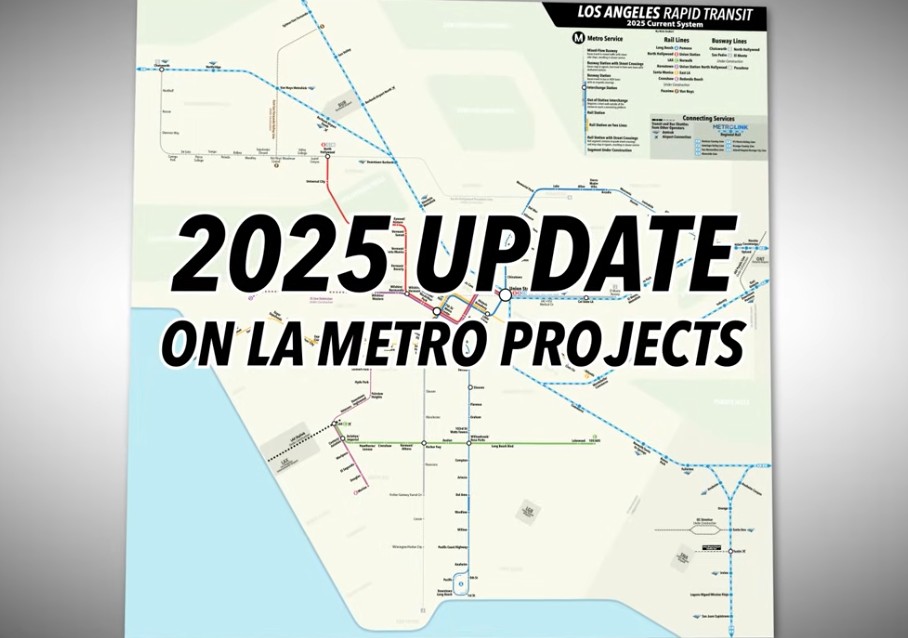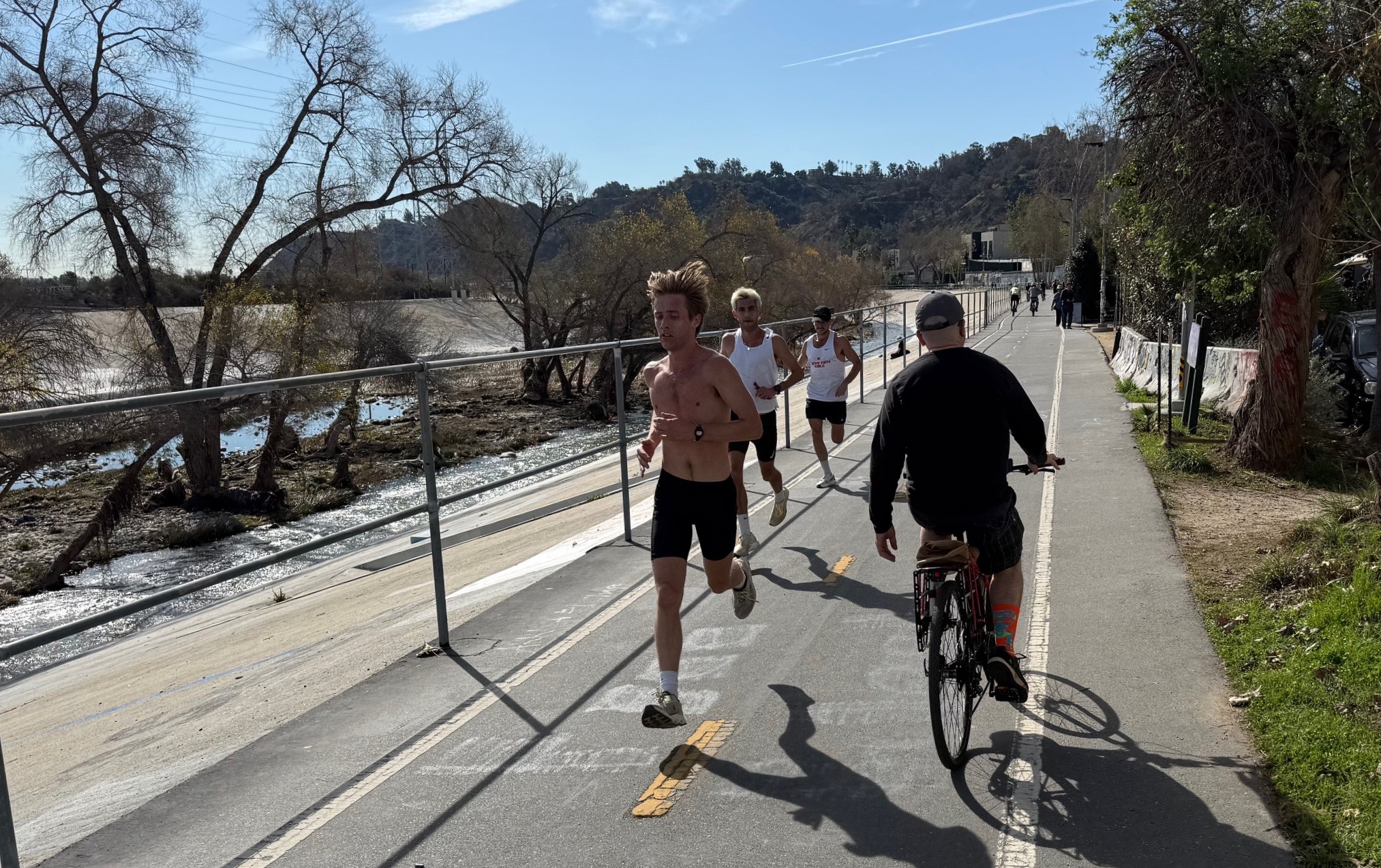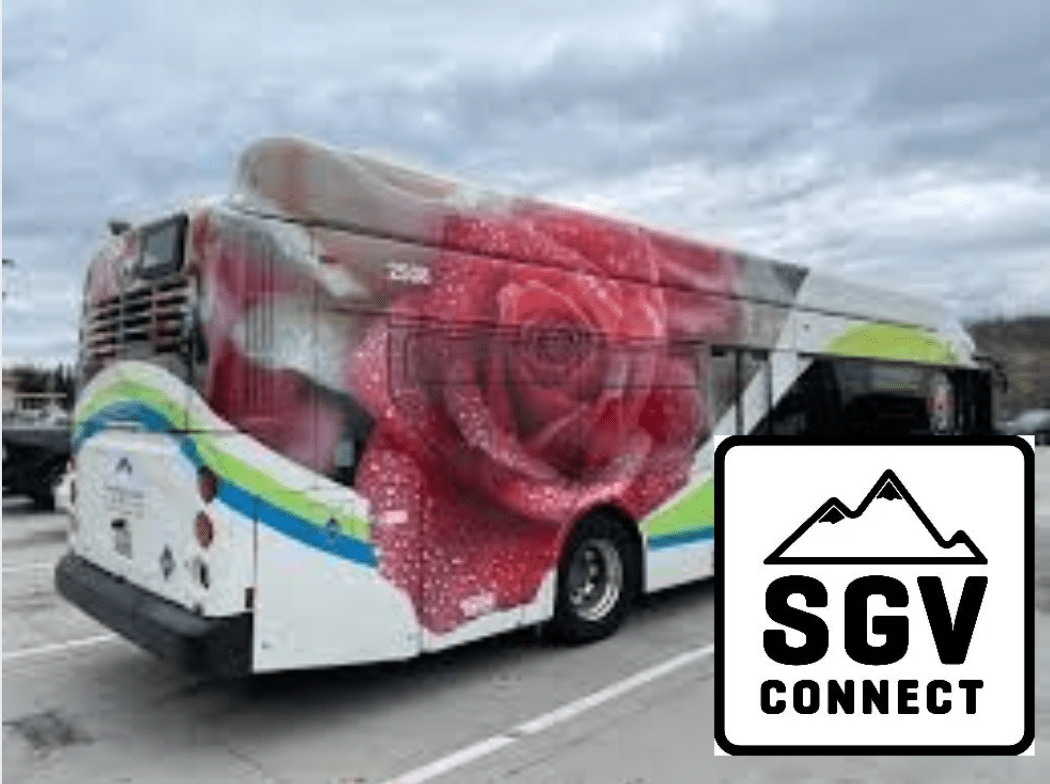Oh, the creative tactics cities, counties and states employ to make themselves dangerous for pedestrians and cyclists. Today we have an especially ostentatious example.
Montgomery County, Maryland recently removed a heavily used, unsignalized crosswalk leading to its White Flint Metro station. Not only that, the county installed this lovely stone wall (right) to make sure pedestrians wouldn't dare take the most direct route between the station and the offices of the Nuclear Regulatory Commission, built across the street in 1988.
It was all in the name of pedestrian safety, said county officials. Except Ben Ross at Network blog Greater Greater Washington says that's not the reason at all:
The only hazard to pedestrians in the crosswalk was that of drivers who violated the law by failing to yield. But this hazard exists at all crosswalks in the county; at crossings without traffic lights, drivers rarely yield to pedestrians.
In fact, the White Flint crosswalk was often full of people, so drivers obeyed the law and stopped more often than elsewhere. From the pedestrian's point of view, this was likely one of the safest unsignalized crosswalks (given the amount of car traffic) in the county.
The White Flint crosswalk was not removed because it was in the best interests of the pedestrians, but rather, because it was in the best interest of the drivers. Throughout the county, MCDOT encourages drivers to violate the law by leaving crosswalks unmarked, even where there is heavy pedestrian traffic.
Sadly, this is not a unique situation. Another wall was built with a similar goal in mind at New Hampshire Avenue and University Boulevard. In both locations, MCDOT could have made it safer to cross the street by redesigning the road to slow traffic and ticketing drivers who failed to yield. But it appears that this is not the approach the department has embraced. Instead, pedestrians take a backseat to the county's drivers.
Elsewhere on the Network today: Publicola shares a study finding that road tolls have little impact on the economic well-being of low-income people. Urban Milwaukee gives a simple primer on saving $4,200 in gas costs annually. And Jon Geeting chronicles Allentown, Pennsylvania's livable streets squabble.







